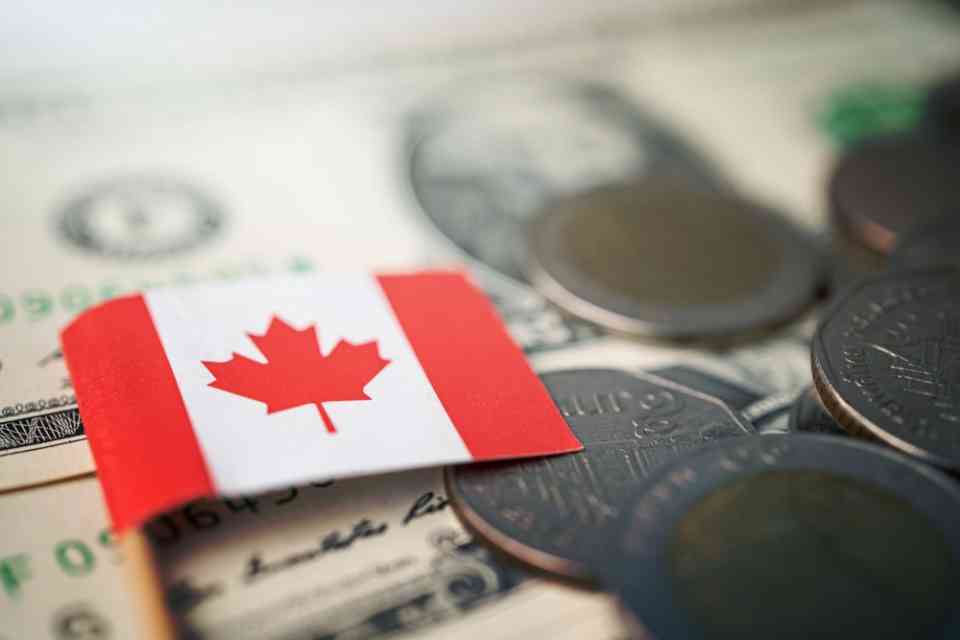Canadians Grapple with Record Household Debt Levels

Canada’s latest high world ranking brings concerning news, as a report from Desjardins Financial Services reveals that the nation has the third-highest household debt levels globally, trailing only Switzerland and Australia. This follows a May 2023 report from the Canada Mortgage and Housing Corporation (CMHC), which highlighted that Canada had the highest household debt among the G7 countries.
Statistics Canada provided further details on the country’s wealth disparities and household debt, noting that Canadian households rank as the second wealthiest in the G7, just behind the United States. However, Canada’s economic dependence on consumer spending has exacerbated debt burdens.
Desjardins’ findings show that over half of all debts, including mortgages and consumer debts, are held by households in the two highest income quintiles. Meanwhile, the bottom three income quintiles account for 45% of the country’s household debt. This group has seen increasing mortgage debt since 2019 and a higher debt-to-disposable-income ratio, especially among working individuals.
Additionally, almost all Canadians are experiencing a decline in real disposable income, except for the wealthiest households, whose disposable income has risen since 2021. Desjardins highlights a growing disparity between the richest Canadians and the rest, attributing this to higher interest rates benefiting the wealthy. The Bank of Canada’s interest rate hikes over the past four years have increased returns on savings products for top-income households.
Despite the high household debt, the lowest-income quintiles, which comprise 60% of Canada’s population, are responsible for the majority of consumer spending. In 2023, they accounted for 58% of consumer expenditures, mainly on essentials like housing, transportation, and food. Desjardins’ data indicates that most Canadian households have reduced non-essential spending.
Unfortunately, most Canadians are not saving money, with soaring interest rates and living costs hampering their ability to do so. The top 40% of households by disposable income distribution have managed to save more than the remaining 60% of the population.
The future appears uncertain for Canadians in the three lowest income quintiles, as they have increased their share of mortgage debt amid high interest rates. The rising cost of living is forcing some households to make difficult financial choices, such as cutting spending, taking on more debt, or prioritizing debt repayment.
The situation is further complicated by the fact that many Canadians are facing mortgage renewals in the coming year. However, Desjardins suggests that slight relief may come as interest rates gradually decrease in the months ahead, though income levels will also need to rise to mitigate the financial impact.
| GDP (nominal) | Capital | Head of State | Head of Government | GDP (nominal) per capita | GDP (PPP) | GDP (PPP) | GDP (PPP) per capita |
|---|---|---|---|---|---|---|---|
| Canada | Ottawa | Charles III | Justin Trudeau | 2.117.805 | 53.247 | 2.470.000 | 59.813 |
Have you read?
Richest Billionaire Investors.
Billionaire Winners.
Billionaire Losers.
Best Business Schools.
Best Hotel Schools.
Bring the best of the CEOWORLD magazine's global journalism to audiences in the United States and around the world. - Add CEOWORLD magazine to your Google News feed.
Follow CEOWORLD magazine headlines on: Google News, LinkedIn, Twitter, and Facebook.
Copyright 2025 The CEOWORLD magazine. All rights reserved. This material (and any extract from it) must not be copied, redistributed or placed on any website, without CEOWORLD magazine' prior written consent. For media queries, please contact: info@ceoworld.biz








